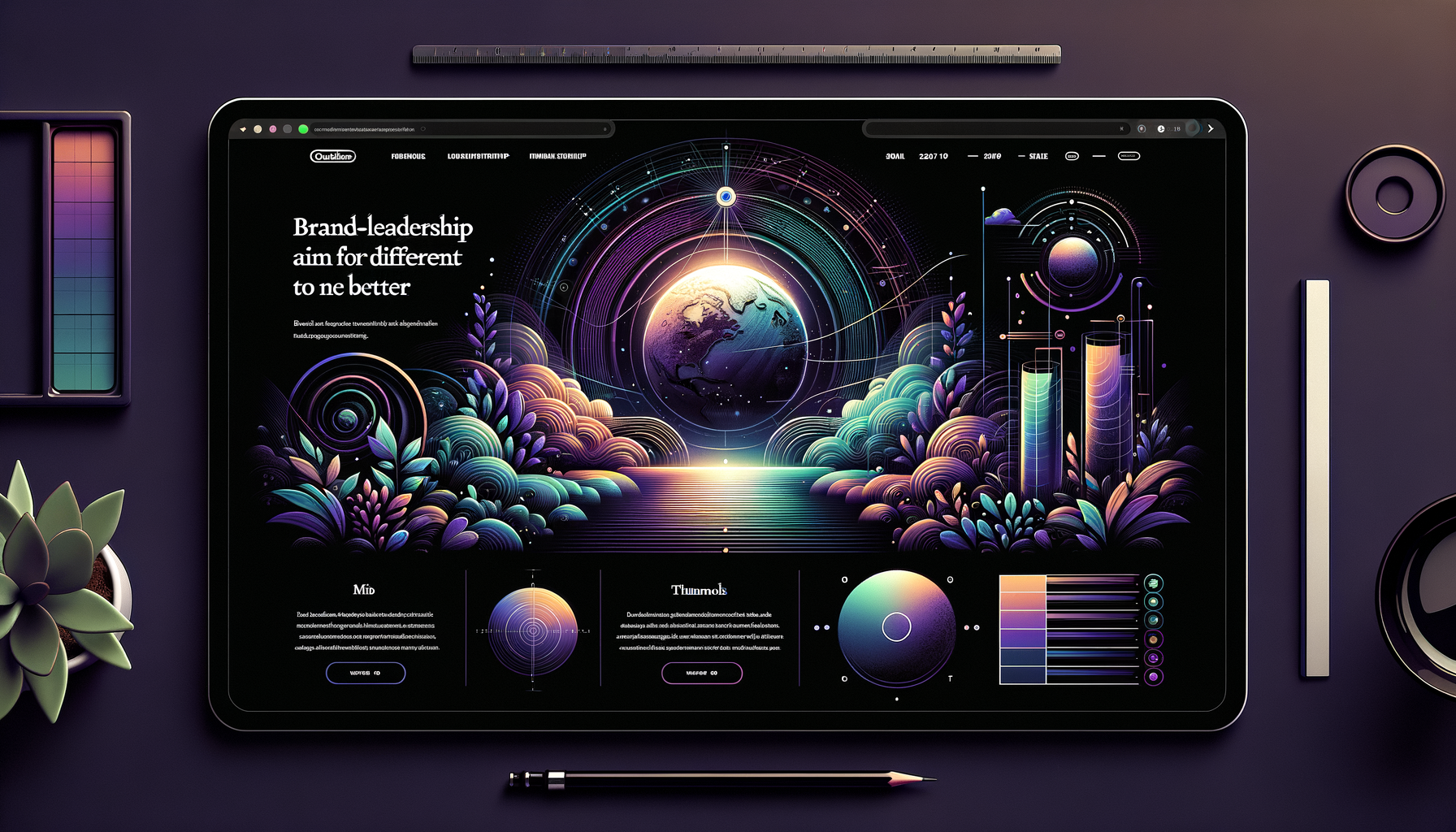Strategic Planning for Starbucks: A Path to Global Relevance and Expansion
Starbucks has long been a dominant player in the global coffee market, known for its quality products and unique customer experience. However, as highlighted in recent analyses, the company faces mounting challenges that necessitate a strategic overhaul. From fluctuating consumer preferences to increasing technological advancements, Starbucks must implement robust strategies to maintain its leadership position. This article delves into the current challenges facing Starbucks, potential strategies for overcoming them, and the broader implications for businesses in the EU and globally. For more in-depth strategies, discover our services tailored to enhancing brand success.
The Current Landscape for Starbucks
Starbucks, founded in Seattle in 1971, has transformed from a single coffee shop into a global coffeehouse brand with over 30,000 locations worldwide. Despite its expansive network, the company has acknowledged several critical challenges impacting its growth and profitability. These challenges include heightened competition, supply chain disruptions, and shifting consumer expectations towards sustainability and digital convenience.
A report by Statista underscores that while Starbucks boasts a substantial market presence, it contends with fierce competition from brands like Dunkin’ and McDonald’s. Moreover, the rise of artisan coffee shops appeals to consumers’ growing preference for niche beverages over mainstream options. Additionally, the COVID-19 pandemic accelerated digital consumer behavior, intensifying the need for integrated online and offline customer experiences.
Key Challenges and Strategic Responses
Sustainability and Ethical Sourcing
Today’s consumers are more environmentally conscious and demand transparency in the supply chain. Starbucks has recognized this trend and has initiated several sustainability programs. However, there is room for improvement and a more extensive integration into its core operations.
According to Forbes, Starbucks has committed to a resource-positive future, which includes strategies like reducing water usage and increasing the usage of recycled materials. To strengthen its sustainability position, Starbucks could further invest in renewable energy sources for its outlets and enhance its recycling programs. Additionally, collaborating with local farmers to secure ethically sourced beans can bolster its brand reputation and consumer trust.
Digital Transformation
The digital realm offers vast opportunities for customer engagement and operational efficiency. Starbucks has made strides in the digital sector with initiatives such as mobile ordering and rewards programs. However, enhancing its technological infrastructure can further streamline operations and improve customer satisfaction.
A successful digital transformation could involve investing in AI-driven analytics to personalize customer interactions and using blockchain for greater transparency in product sourcing. Integrating these technologies will improve user experience and operational efficiency, aligning with our focus on ciberseguridad y tecnología.
Global Expansion Strategies
As Starbucks considers its global footprint, innovation and adaptability to local markets are essential. The company should focus on understanding regional preferences and adapting its product offerings accordingly. For instance, its tea offerings in China and spicier snacks in India represent tailored product strategies that have proven successful.
Moreover, leveraging strategic partnerships can facilitate smoother market entries and augment brand presence. The EU market, with its unique regulatory environments and consumer tastes, remains a fertile ground for expansion. Partnering with local suppliers and adapting marketing strategies to cultural nuances can enhance market penetration.
Opportunities for Growth in the European Market
The European Union offers a complex yet lucrative market for Starbucks, characterized by diverse consumer preferences and a strong demand for quality coffee. The EU’s emphasis on digital integration aligns with Starbucks’s digital expansion objectives. Additionally, the European Green Deal’s focus on sustainability provides a framework within which Starbucks can enhance its sustainability practices.
According to European Commission, there has been a significant push towards green and digital transformations, which aligns with Starbucks’s ongoing initiatives. By aligning their strategies with these priorities, Starbucks can appeal to European consumers while complying with regional regulations.
Technological Integration for Continued Success
The incorporation of advanced technology into business processes can create efficiencies and enhance customer experiences. Starbucks can leverage technology to improve its supply chain logistics, optimize inventory management, and enhance customer service through AI-driven chatbots and personalized marketing.
The potential for blockchain technology stands out in improving traceability and ensuring ethical sourcing, a feature increasingly valued by European consumers. Technology can also facilitate Starbucks’s adaptation to flexible working environments, offering remote orders and contactless payments, thus enhancing customer convenience.
Case Studies and Global Best Practices
Nestlé’s Sustainability Initiatives
Nestlé has been at the forefront of integrating sustainability into its business model. Starbucks can learn from Nestlé’s practices by investing in sustainable packaging and ensuring transparency across the supply chain. This move not only boosts the brand’s reputation but also resonates with environmentally conscious consumers.
McDonald’s Digital Strategy
McDonald’s has embraced digital transformation through self-service kiosks and robust mobile applications, allowing for seamless ordering and payment processes. Starbucks can adopt similar strategies to streamline operations and reduce queues in-store, enhancing overall customer satisfaction.
Conclusion: The Path Forward for Starbucks
Starbucks stands at a critical juncture where strategic innovation and adaptation can solidify its market leadership for the decades to come. By focusing on sustainability, digital integration, and global market adaption, the company can navigate its current challenges and emerge stronger. For businesses in Europe and beyond, Starbucks’s journey offers invaluable insights into balancing growth with sustainability in a digital age.
The next steps for Starbucks involve deepening digital interactions, reinforcing sustainable practices, and customizing approaches for varied global markets. Meanwhile, companies can also learn from these strategies to enhance their competitive edge. Reach out to us for personalized strategies to navigate your business challenges by visiting our contact page.
For more insights and guidance, explore our comprehensive services that blend expertise in technology and market dynamics.
Your business success is just a strategic decision away. Let us help you craft that success.






